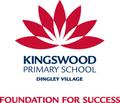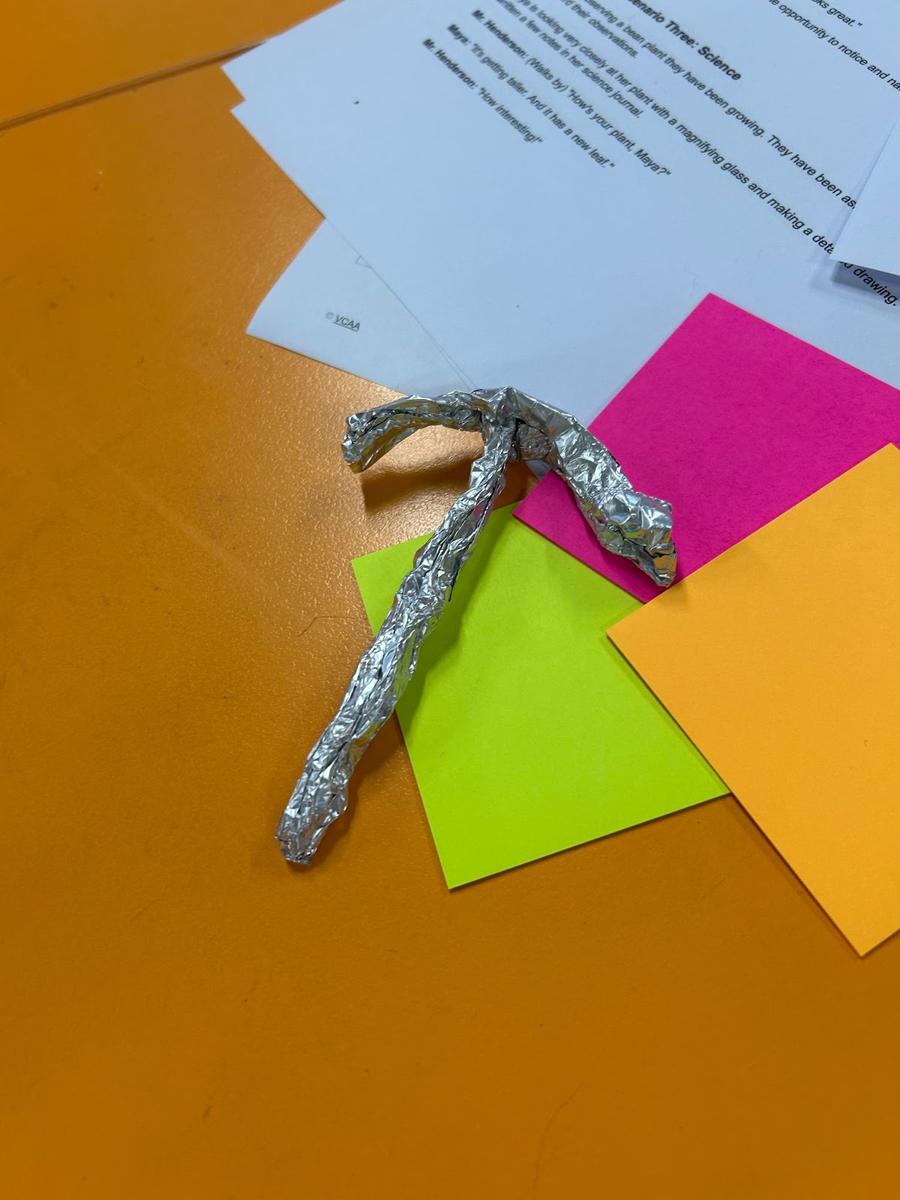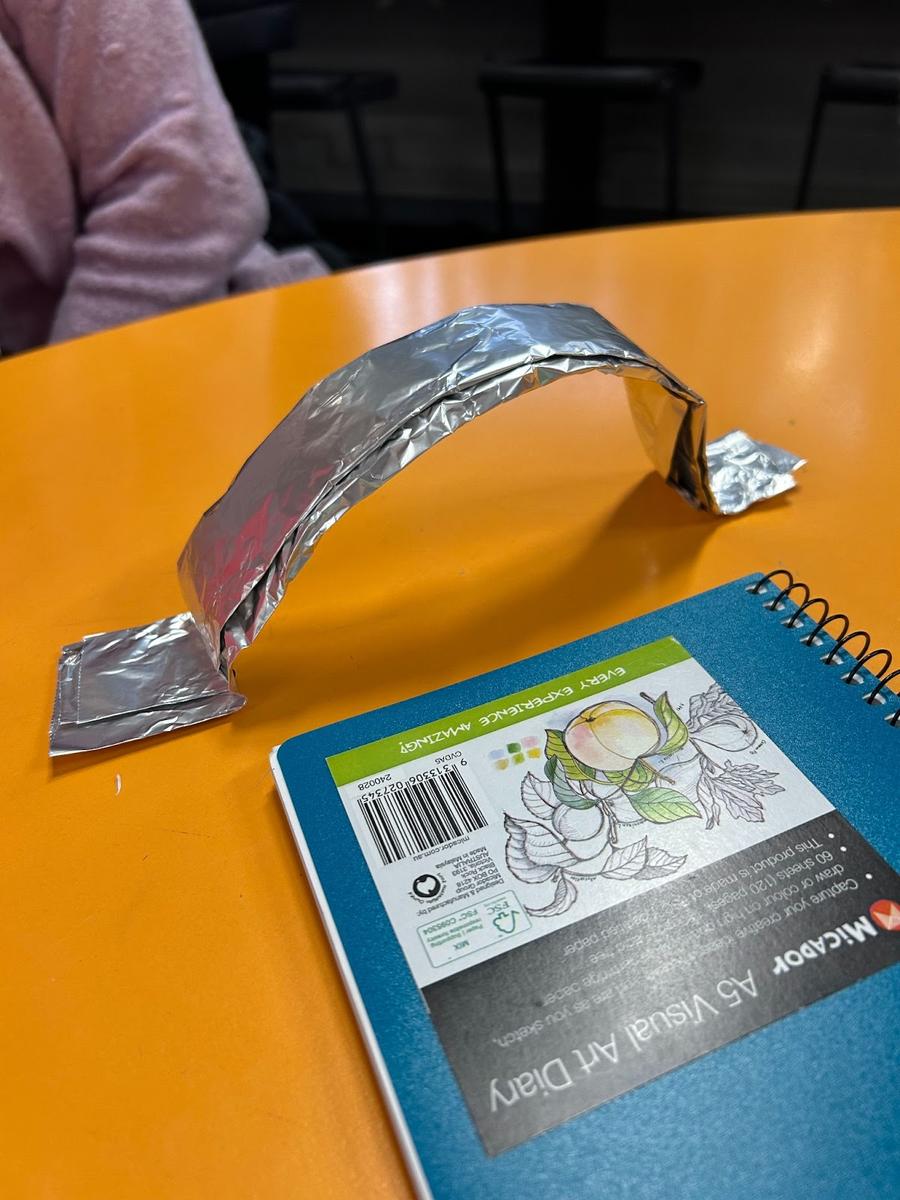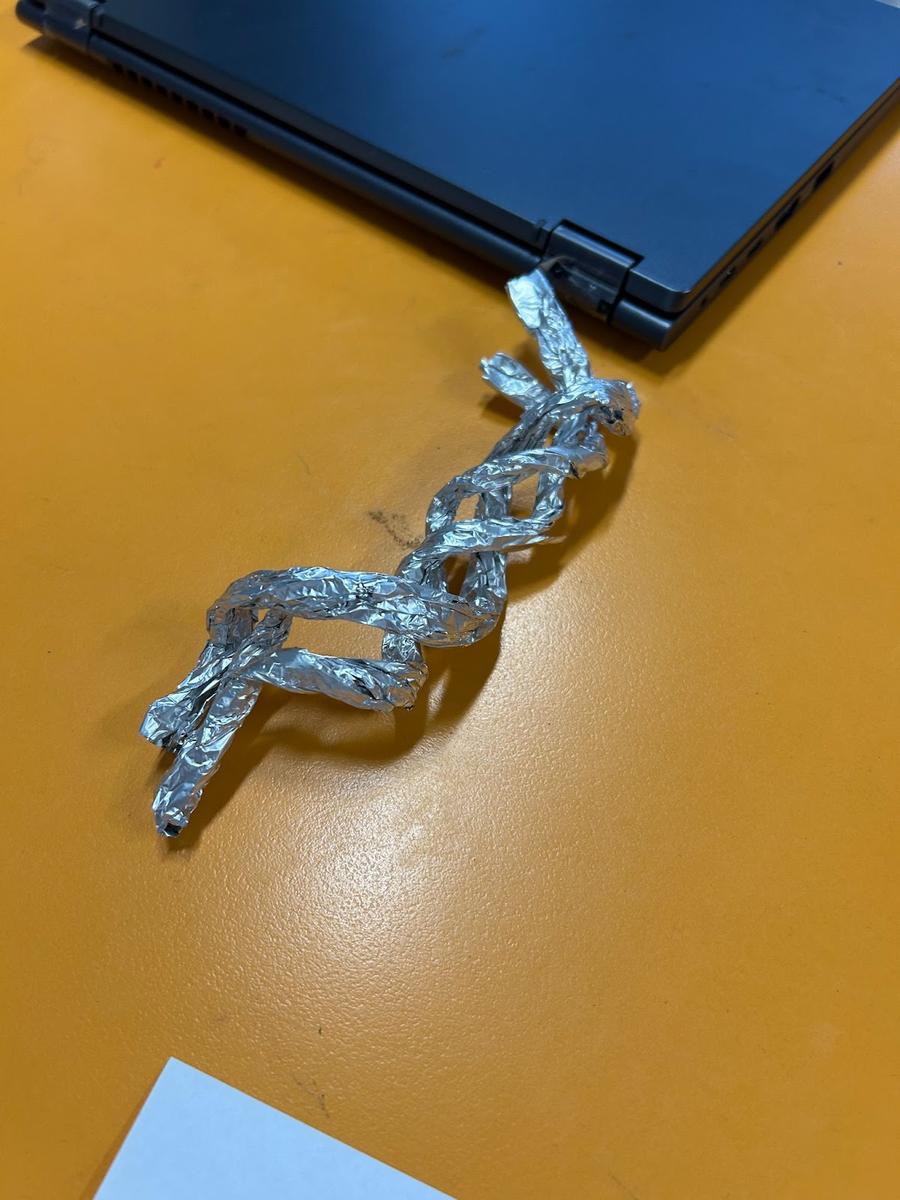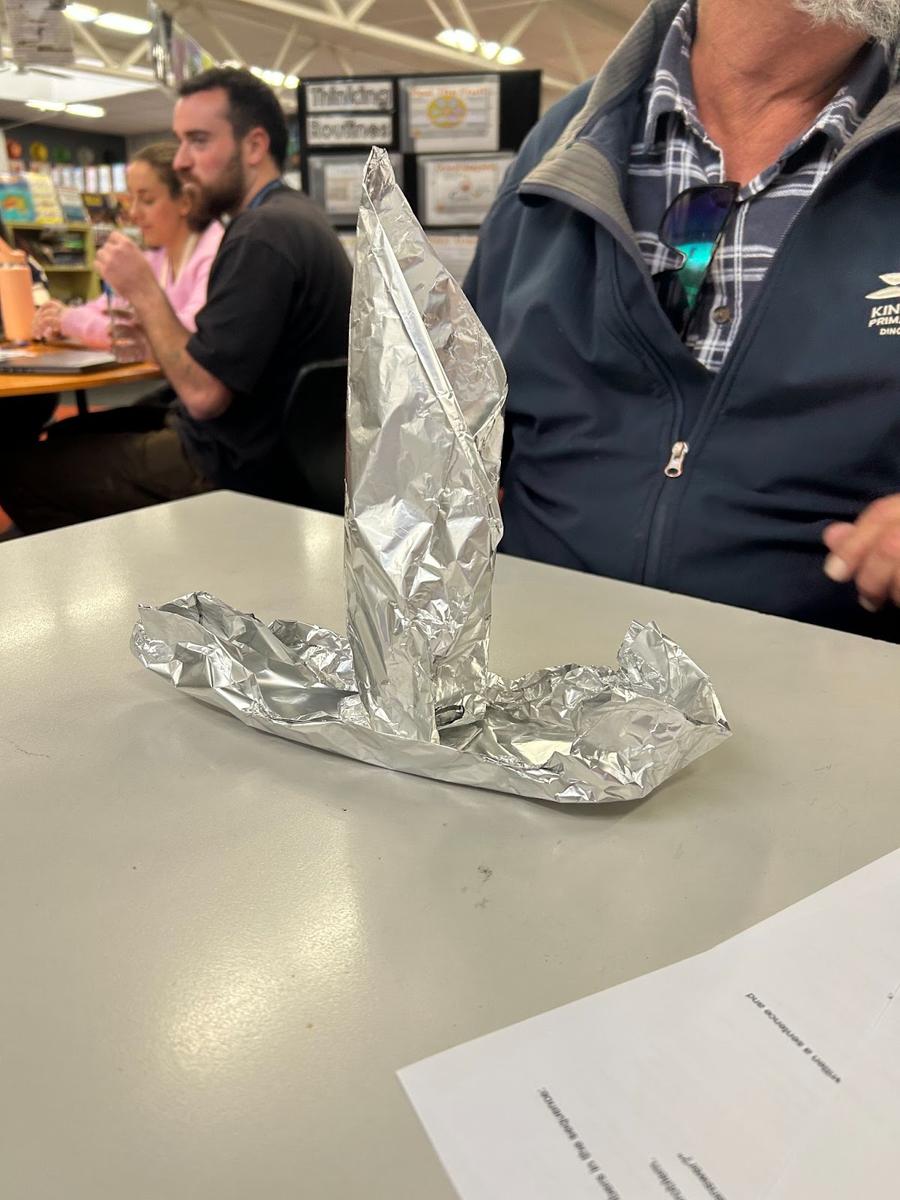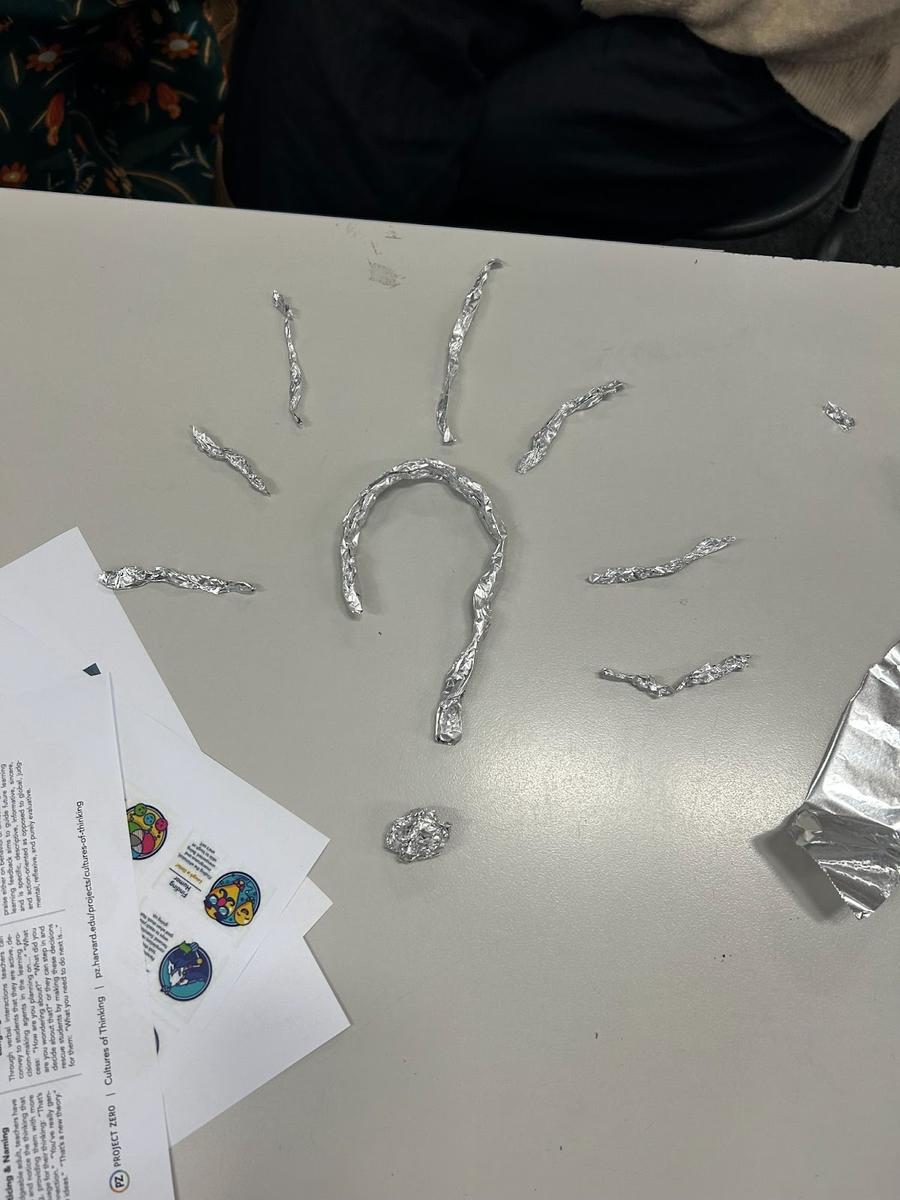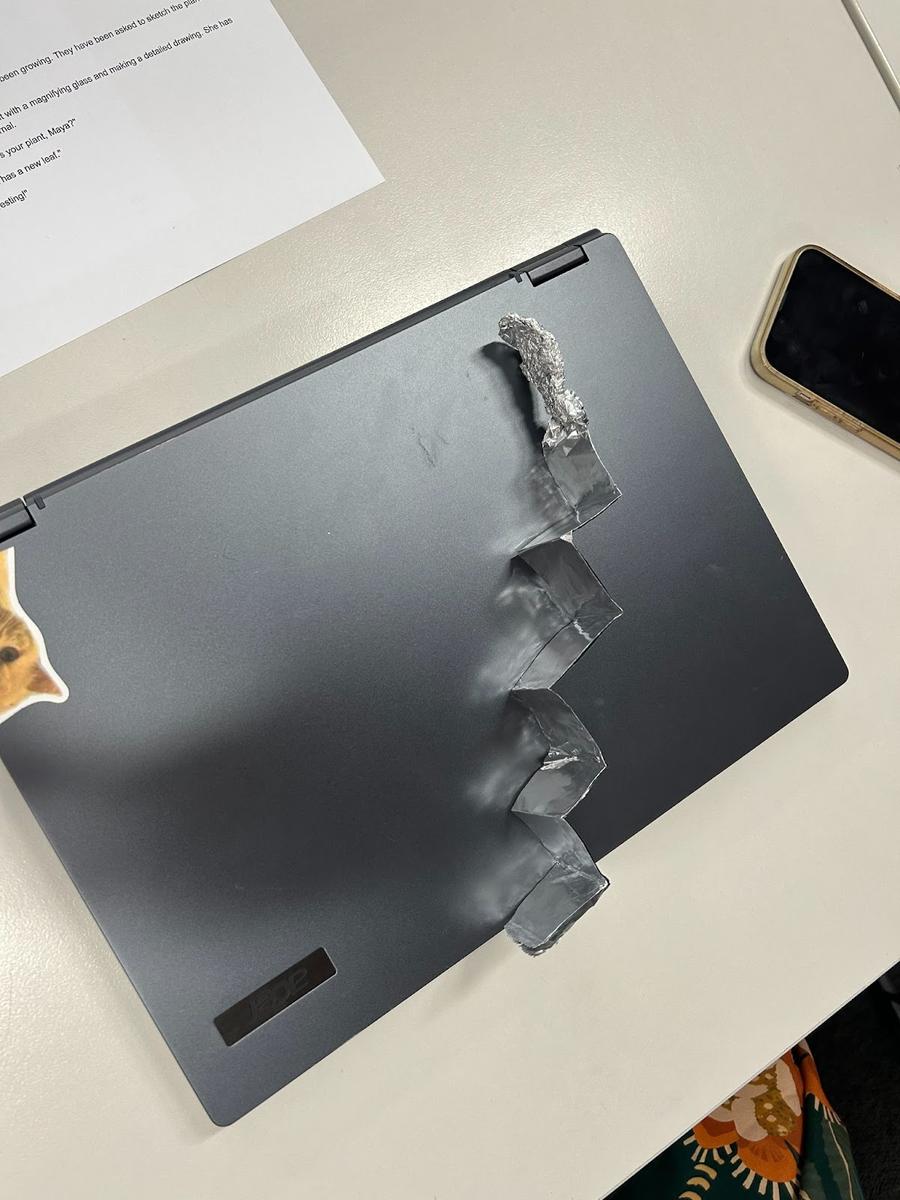Cultures Of Thinking
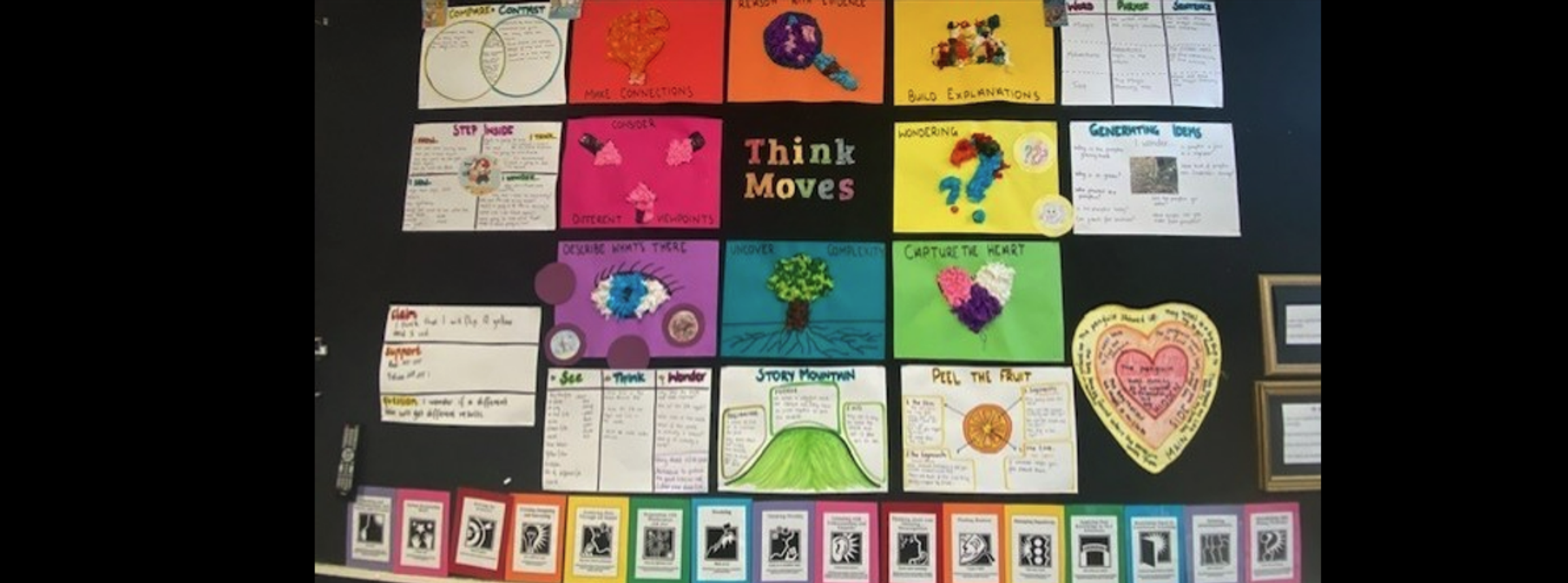
Noticing and Naming the Thinking at Kingswood
At Kingswood Primary School, we know that language has the power to shape the way we see ourselves as thinkers and learners. That’s why our current focus is on one of the eight Cultural Forces from Harvard’s Project Zero:
Language, and more specifically, the powerful practice of Noticing and Naming the thinking that our students are doing.
This means our teachers are intentionally tuning in to the thinking happening in our classrooms and using specific language to celebrate and make it visible. Whether a student is Thinking Flexibly to solve a tricky maths problem, Striving for Accuracy to form letters carefully during handwriting, or Responding with Wonderment and Awe to a peer’s presentation, we’re naming the thinking behind the learning.
By using this language, we are helping students develop their identity as learners. We might say, “You really persisted with that challenge!” or “I noticed you’re making a connection to something we learned last week.” These simple yet powerful phrases help students grow in confidence and give them the words to talk about their own learning.
You may hear your child talking about the Habits of Mind like Managing Impulsivity or Listening with Empathy, or about Think Moves from our Understanding Map, such as Reasoning with Evidence or Making Connections. These are more than just terms—they are the building blocks of deep, independent thinking.
Recently, our teachers participated in a reflective thinking challenge, where they explored these Habits of Mind and Think Moves by creating visual metaphors out of foil. This activity sparked rich discussion and insight, not only into the dispositions our students are developing, but also how these align with the Critical and Creative Thinking Capabilities from the Victorian Curriculum 2.0.
Teachers looked closely at the curriculum’s focus on skills such as:
Identifying and clarifying information and ideas
Considering alternatives
Reasoning and reflecting
Meta-cognition
and found authentic ways these capabilities are nurtured every day in Kingswood classrooms. For example, when a student Questions and Poses Problems, they’re using critical thinking to clarify and explore possibilities. When they Think Interdependently, they’re collaborating to generate and evaluate new ideas—key elements of creative thinking.
Language, as the researchers from Harvard remind us, is “subtle, yet has profound power.” At Kingswood, we are harnessing that power to nurture thoughtful, reflective and confident learners.
Stay tuned for more examples of how we’re building a Culture of Thinking here at Kingswood Primary School!
